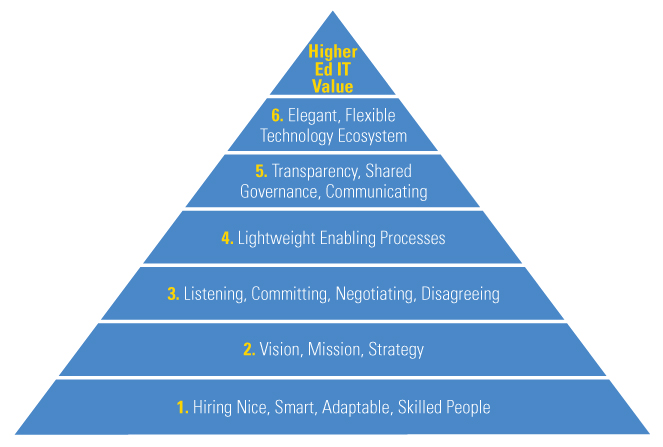Teaching is like building blocks; in order for a student to grow to the highest level, first they must master, or ‘build’ the bottom with blocks, or knowledge in educations case. Every a child is taught early in their educational careers in important in what they are going to be learning in the future. In order for kids to to keep stacking blocks and building, they must have created a strong base to support the blocks on top. Teachers at a young age have an important job, which is to lay down this strong foundation of skills that students need to build on, just like the building of blocks. If a strong base of certain skills has not been created early in education, it is evident that will not be able to master new skills, or be as successful.
Without teachers, students would not be able to be as successful, but a teacher does not just have to teach students strictly in the classroom, something made more clear in this course. There are many different kinds of schools and schooling systems. Some include schools that are completely outdoor, introducing children to skills about the environment they are living in. These schools are located in Norway, and Costa Rica.
 A teachers most important job is to prepare students for their future, using a variety of techniques, but also going deeper into certain subjects then just reaching the surface of things. This allows for the blocks on building to be stronger. The movie we watched in class about the The Story of Stuff, does a really good job explaining the importance of going underneath the surface of certain topics. It will internally help students to develop better skills, having a stronger foundation to bring with them to the future.
A teachers most important job is to prepare students for their future, using a variety of techniques, but also going deeper into certain subjects then just reaching the surface of things. This allows for the blocks on building to be stronger. The movie we watched in class about the The Story of Stuff, does a really good job explaining the importance of going underneath the surface of certain topics. It will internally help students to develop better skills, having a stronger foundation to bring with them to the future.
Without the sense of teaching compared to building blocks, many kids might think that education is pointless, going to schools and barely learning anything that could be related to what a child already knows, or the interests they have. By building on skills that kids may already have, teachers are engaging students to want to learn more. Going more in depth on certain subjects also allows students to test the waters to see if they interested in a certain field for their future, which can be very helpful when it is time to find a job.
During this semester, we have been posting blogs regarding each subject and module. I have found these blogs to be extremely helpful in regards to the subjects we have been talking about. The blogs helped to see different views on certain subjects that other people thought of, helping me to create a new sense of how I should view certain subjects. I think creating these blogs throughout the semester will be a helpful tool in the future when I am looking to reference certain topics about education.
